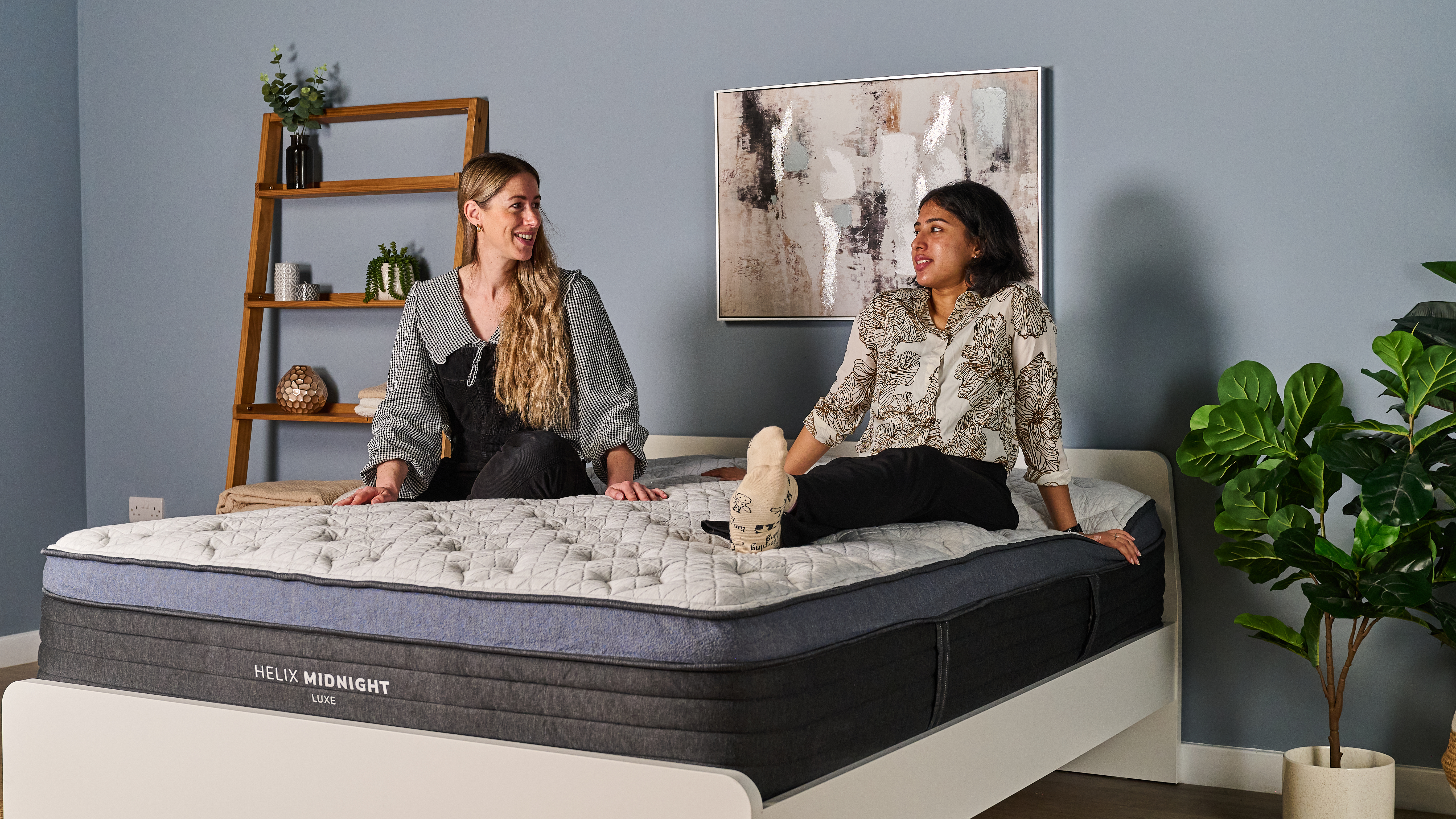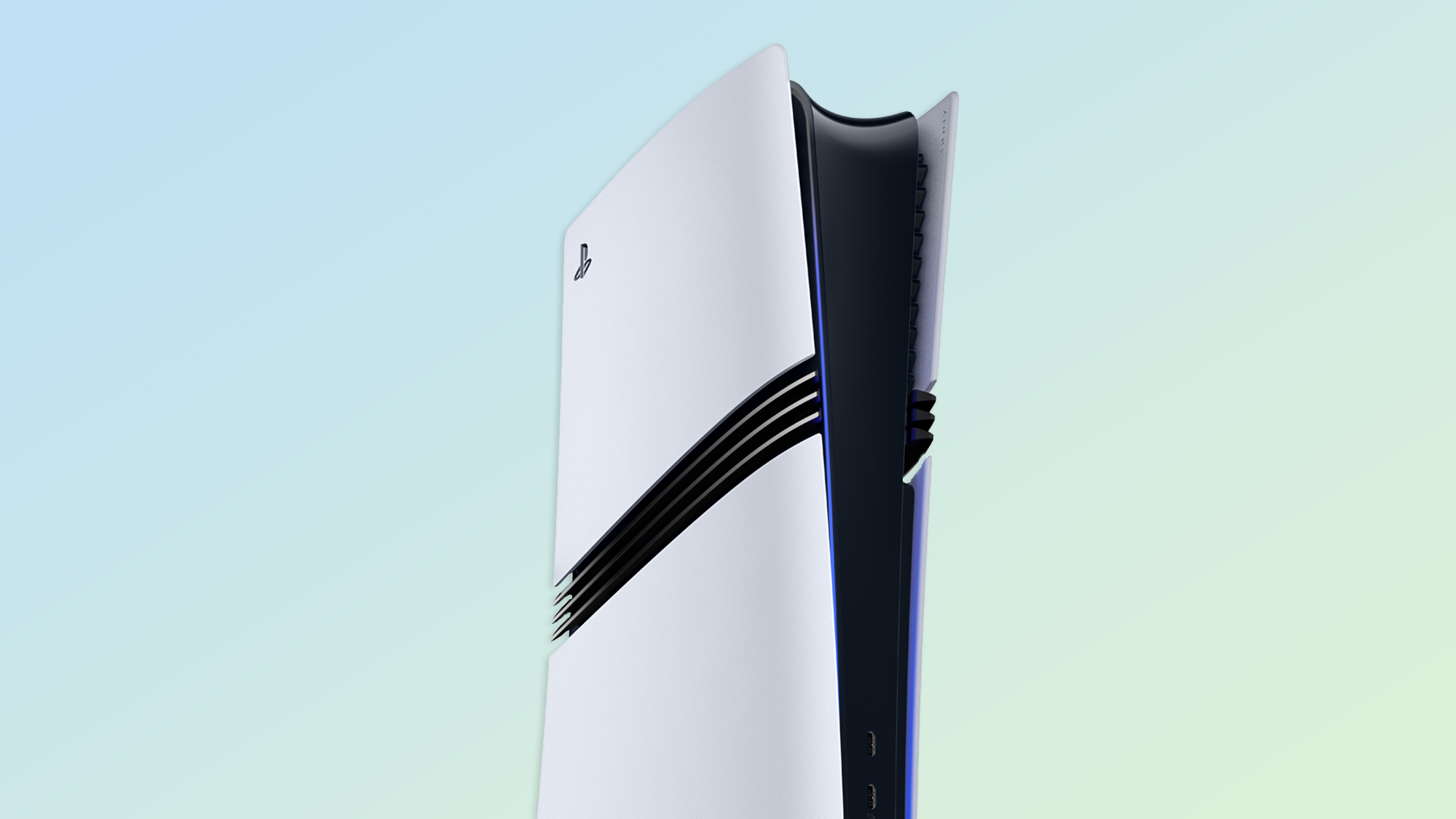
Sony’s long awaited next-gen console refresh has finally made its official debut as the PS5 Pro and it’s got quite the asking price of $699.99 / £699.99 / AU$1,199.95 — minus a stand or disk drive.
Despite those missing peripherals, there are some exciting upgrades it brings to the table over its PS5 predecessor, including better graphics at higher frames, AI-upscaled content, and ray tracing to boot. Who doesn't love those crystal clear, real-world reflections?
Mark Cerny, lead architect behind almost all of the latest PlayStation consoles dating back to the PlayStation 2, describes the new system as one that "delivers an exceptional gaming experience." The new upgrades certainly push the bounds of console gaming, especially given its new 2TB storage capacity — more than enough space for serval modern games.
With PS5 Pro preorders just around the corner, kicking off officially on September 26, many might be curious just how far the new console goes in relation to its counterpart. And, even more importantly, if the upgrade to the Pro is worth it in the long run.
Improved GPU
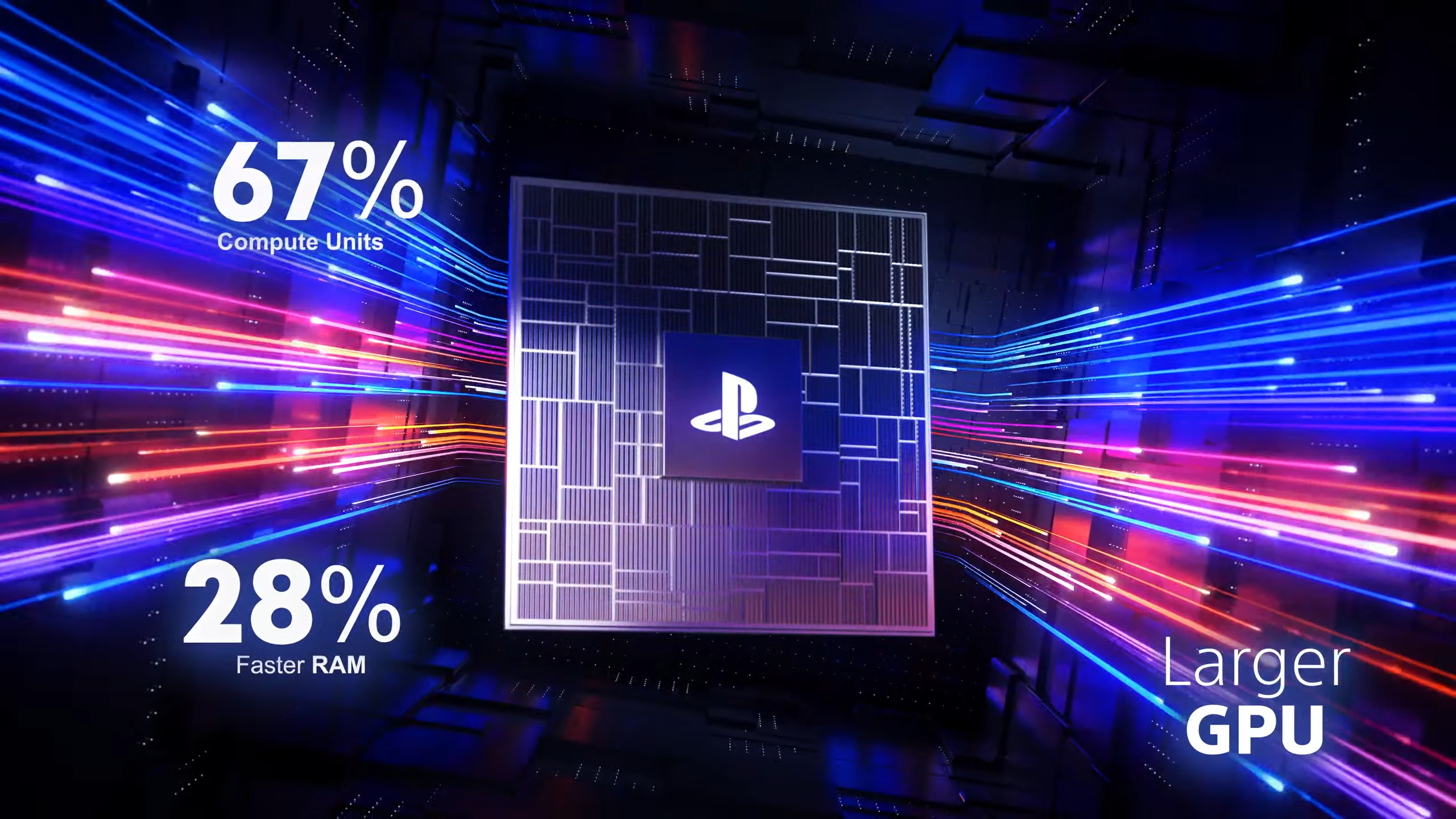
One of the major highlights announced at the PlayStation 5 Technical Presentation was the new hardware's ability to blend together its Fidelity and Performance modes. On the original PS5, these modes allowed you to pick better graphics (Fidelity) at the cost of better frames, or better frames (Performance) at the cost of poorer graphical fidelity.
But that's all about to change, as the PS5 Pro will be capable of handling far more sophisticated workflows thanks to its expanded and improved GPU. It wrangles together 67% more compute units and 28% faster RAM for higher frame rates and faster load times.
These improvements not only ensure the PS5 Pro can render gameplay at a 45% faster clip, but also allows it to preform all of the following features. Without a more powerful GPU, ray-tracing and AI upscaling wouldn't be possible.
Get instant access to breaking news, the hottest reviews, great deals and helpful tips.
Advanced Ray Tracing
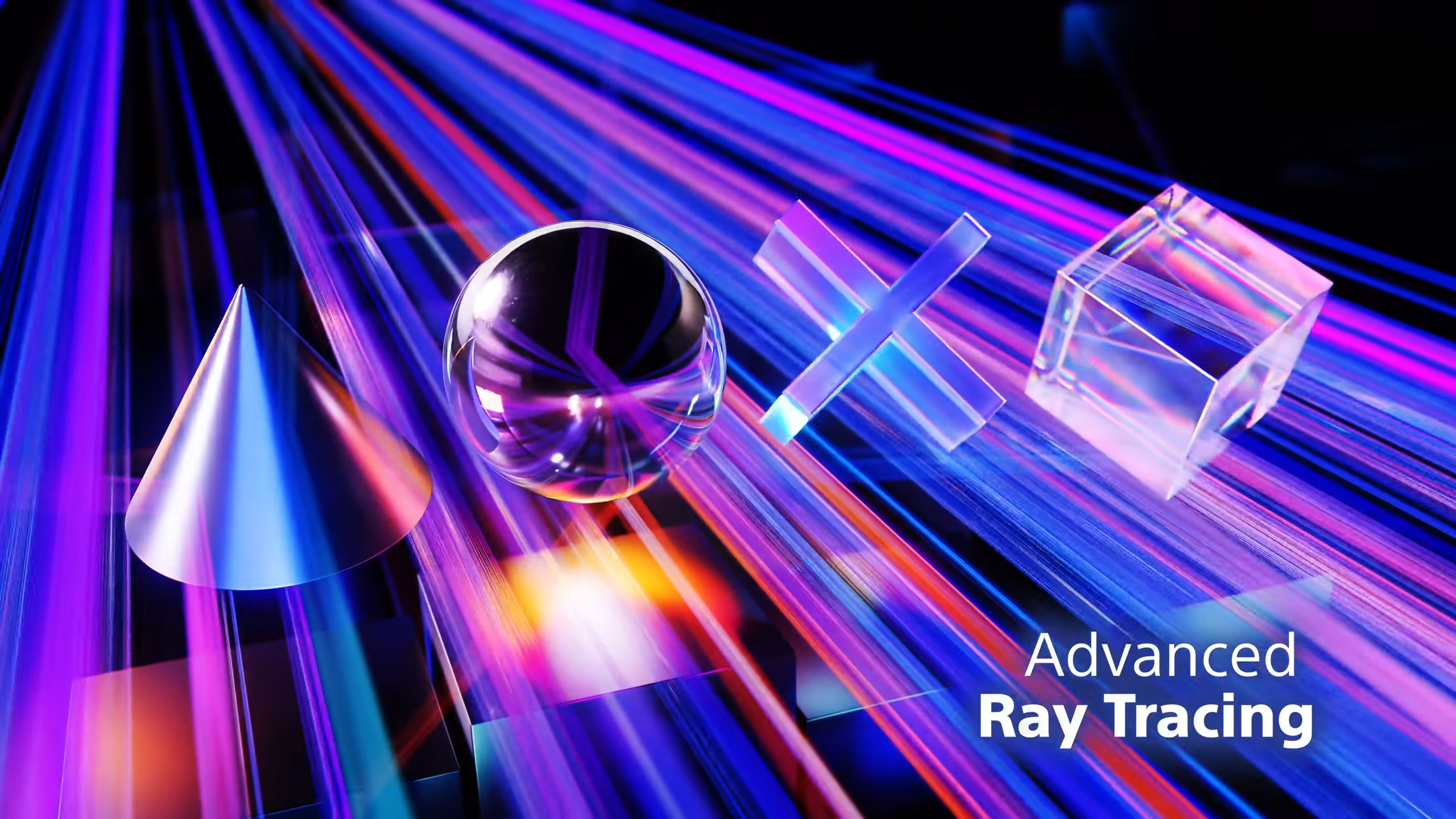
With that larger GPU, you've also got a bit more wiggle room to play with in terms of the real fun stuff, like ray-tracing. The computer graphics technique allows your system to create realistic reflections and imagery when light is bounced off a particular surface, most commonly witnessed in a mirror or puddle of water.
One of the best examples of stellar ray-tracing is Cyberpunk 2077, which had its own ray-tracing overdrive mode. Although more so built for some of the best gaming PCs, the mode itself shows the levels of detail and crispness associated behind the function, bringing games to life in extraordinary ways.
While the PS5 Pro most likely won't have the same level of lighting effects and richer details as you might see in a more powerful gaming PC, it will allow "rays to be cast at double, and at times triple, the speeds of the current PS5 console," according to the PlayStation Blog report.
Arguably one of the best games to showcase the potential behind its improved ray-tracing is Marvel's Spider-Man 2, which is resplendent with massive buildings, windows, and mirrors that will breed a new level of immersion into the experience.
AI-Driven Upscaling
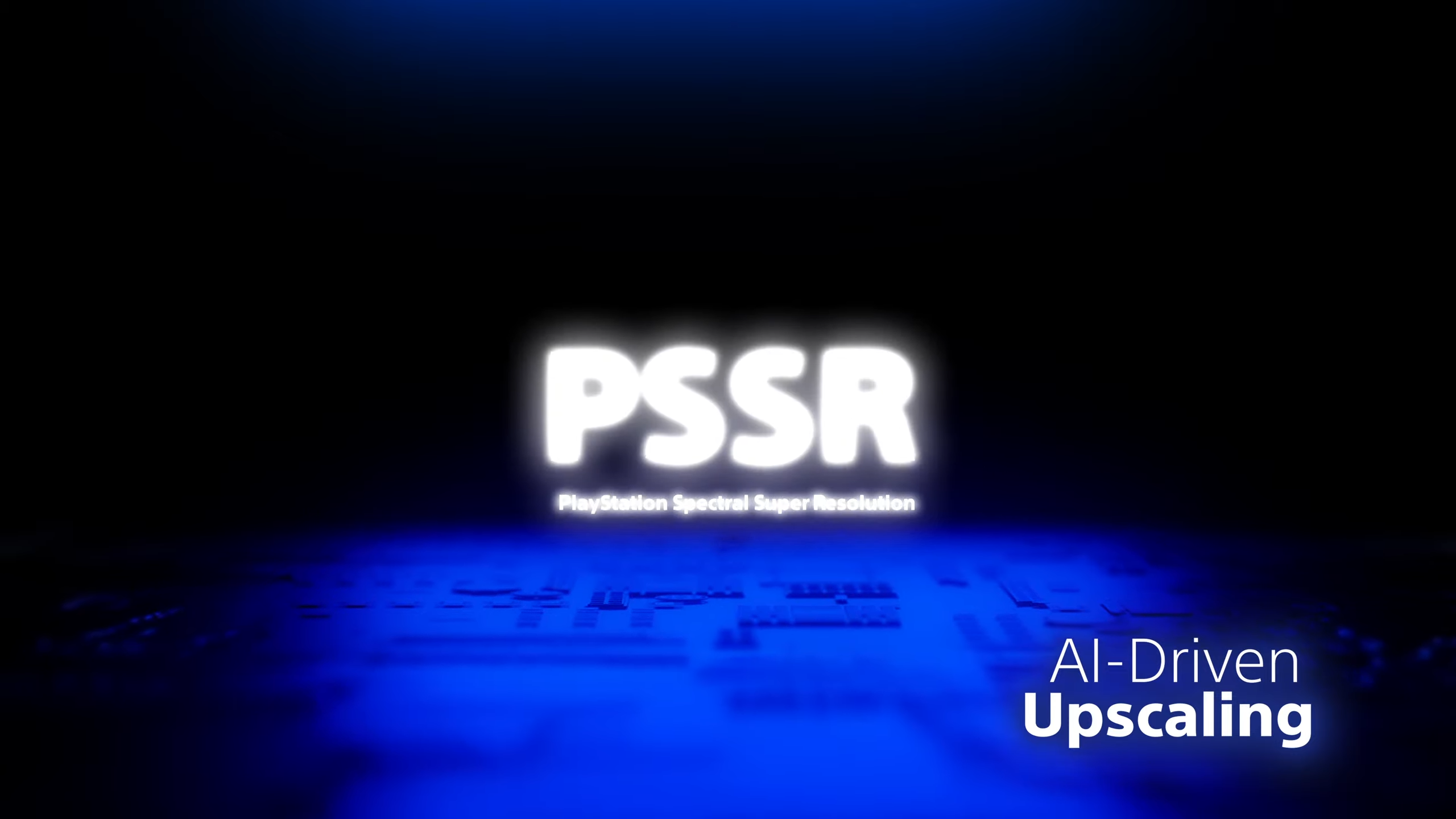
Last but certainly not least is the PS5 Pro's AI-enhanced upscaling procedure, which Sony is calling PSSR. Similar to AMD's FSSR (FidelityFX Super Resolution) and Nvidia's DLSS (Deep Learning Super Sampling), PlayStation Spectral Super Resolution will leverage artificial intelligence to upscale on-screen content for improved clarity and details.
AI, of course, is finding a home in practically any and all of our devices, so it's no surprise that it would eventually find its way onto the PS5 Pro in some capacity. In this particular instance, mirroring its PC-based counterparts, PSSR combines machine learning technology with advanced GPU computing to make images feel more real and lifelike, matching certain scenarios for more immersive.
We won't know for sure just how much of an improvement this will bring against the base PS5 and how it might stack in relation to its PC-based rivals in DLSS and FSSR, though it seems Sony is quite confident in its potential given the system's rather high asking price of $699.
More from Tom's Guide
- These are the best PS5 games you can play right now
- PS5 Pro — everything you need to know
- ‘Frieren: Beyond Journey’s End’ taught me how to respect time and yet I can’t stop watching

Ryan Epps is a Staff Writer under the TV/AV section at Tom's Guide focusing on TVs and projectors. When not researching PHOLEDs and writing about the next major innovation in the projector space, he's consuming random anime from the 90's, playing Dark Souls 3 again, or reading yet another Haruki Murakami novel.
